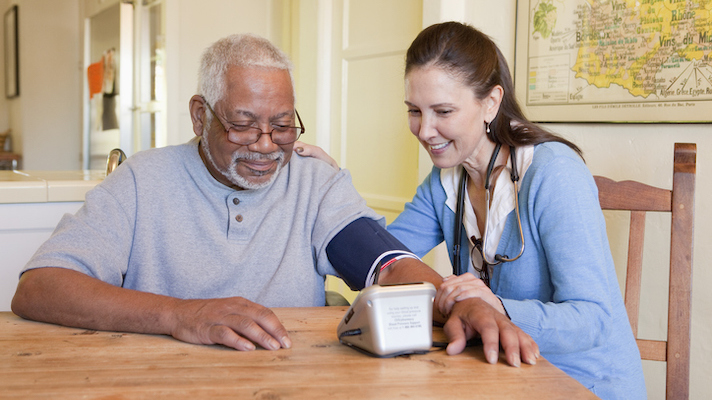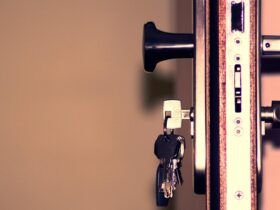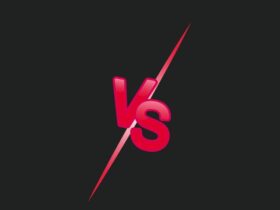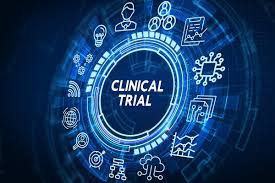Early Identification
Chronic disease management requires a constant assessment of a patient’s health, including their physical and mental health. This can be achieved through a variety of methods, including regular check-ins with healthcare providers or the use of remote monitoring devices. Early identification of a patient’s health issues can improve the quality of care and reduce healthcare costs. It can also help ensure that patients receive the appropriate treatment and medication regimens for their condition.
A recent study found that when remote patient monitoring services were used, emergency room visits were reduced by 68%, and hospitalizations were 19% lower than those who did not use the technology. Remote patient monitoring is a technological care delivery method that collects data outside of a clinical setting and sends it to healthcare providers who assess and develop instructions and recommendations. This continuous monitoring helps decrease hospital stay lengths and readmission rates, which reduces healthcare costs.
Better Care In-Between Visits
Chronic diseases are a growing concern worldwide among patients, physicians, and healthcare systems. With an aging population, these diseases affect more people than ever before. As a result, better chronic disease management is an essential focus for providers and payers alike. It’s a way to ensure patients stay healthy and don’t end up in the emergency room or hospital. A big part involves ensuring patients follow their treatment plan between visits. This includes following their diet, exercise regimen, and medication schedule. Using telemedicine for remote patient monitoring services offers an excellent opportunity to improve these efforts and increase patient compliance. Using a custom telemedicine solution that integrates with a provider’s practice management systems, scheduling flows, and electronic health records will help them achieve this.
Better Health Outcomes
Chronic conditions significantly burden the healthcare system and cause high morbidity rates, hospitalization, and readmissions. Fortunately, RPM can help address this issue by monitoring patient vitals and their health care needs more efficiently than traditional in-person visits. Remote patient monitoring can also assist with treatment plan adjustments, crucial for improving overall disease management. This prevents patients from going months with ineffective medications and allows doctors to find better alternatives that work faster. Moreover, the improved visibility and access to data provided by remote monitoring tools help to improve patient engagement and care coordination between healthcare professionals. This leads to better outcomes for patients and reduced healthcare costs. The importance of remote patient monitoring cannot be overstated. It is essential to the future of healthcare and a powerful tool for managing chronic diseases.
Improved Patient Engagement
The benefits of improved patient engagement are clear, and the data supports them. RPM can reduce emergency room visits and hospital readmissions, which are costly for patients and providers. Additionally, remote patient monitoring can help clinicians find and adjust treatment plans much more quicker than they would if they weren’t using RPM. This can lead to a reduction in the duration of ineffective or unoptimized medications. In addition to reducing costs, improving health outcomes, and delivering a better quality of life, RPM empowers patients to take control of their health. Through increased adherence, better communication with their healthcare team, and self-management skills, engaged patients are more likely to stay on track with their treatment plans and meet their health goals.










